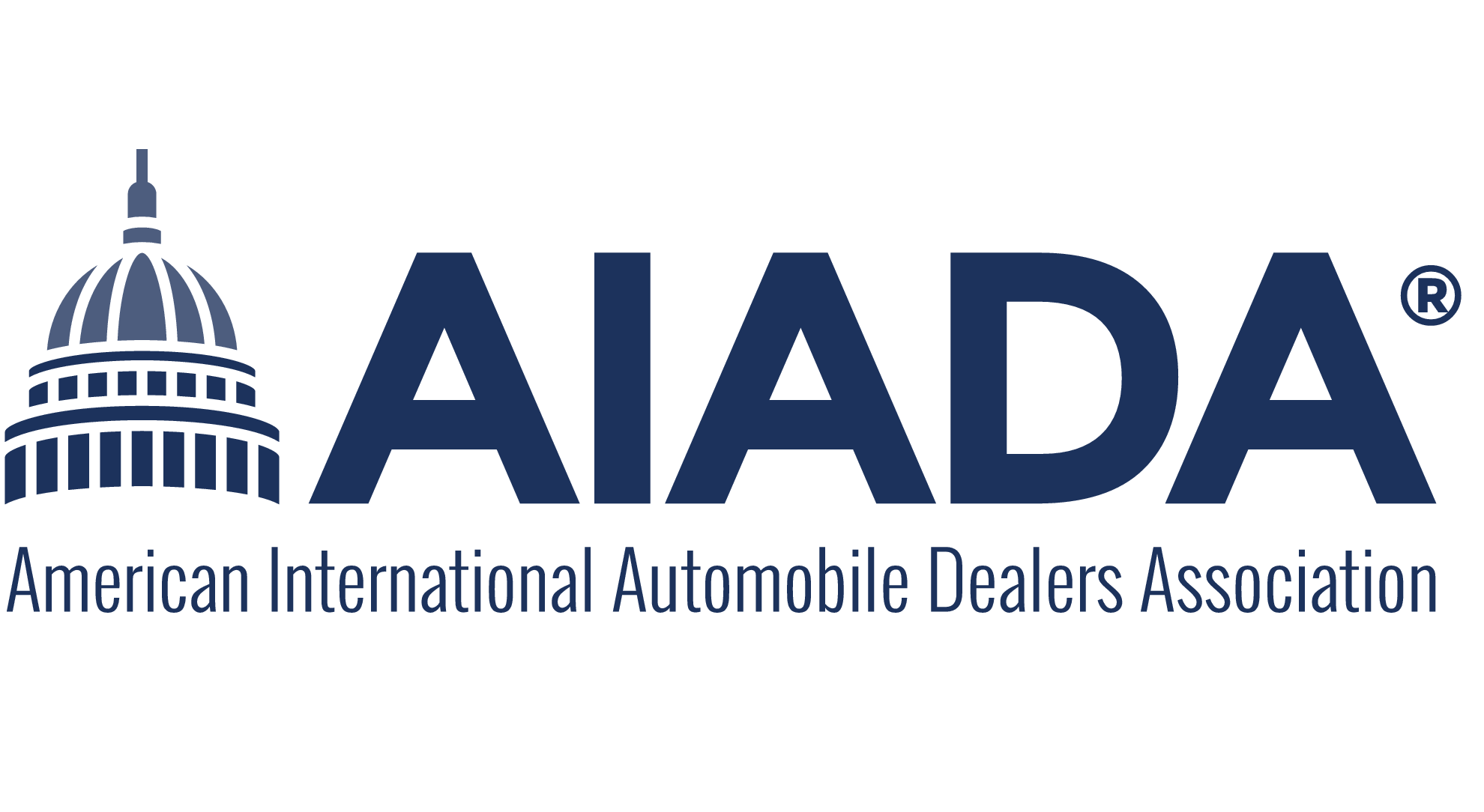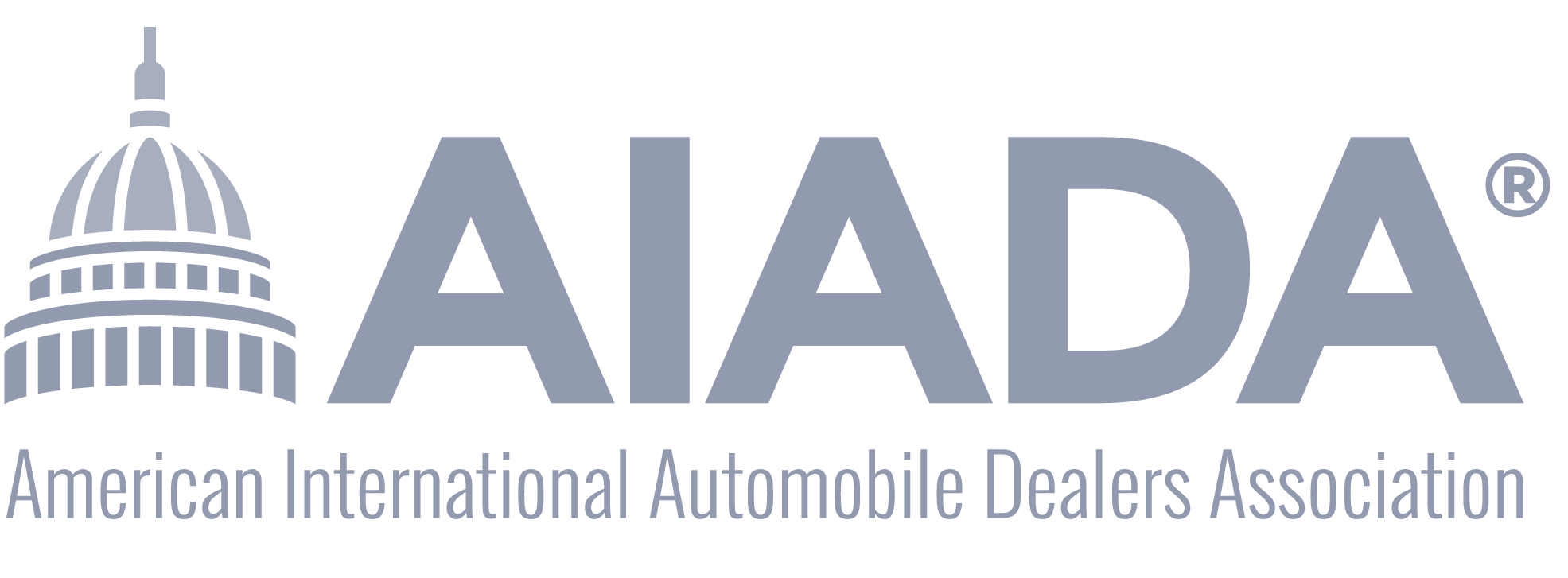How Tesla Opening Its Supercharger Network Alters the EV Charging Map
American car buyers are increasingly choosing electric vehicles, but the country’s map of public highway chargers has a lot of gaps. Those blank spots are seen as a big hurdle to wider EV adoption, and EV market leader Tesla Inc. has started to fill a few of them in. The company has opened a handful of its U.S. fast chargers to non-Tesla vehicles for the first time as part of a 17-country pilot. Tesla told the Biden administration it would open 3,500 pieces of equipment to drivers of all kinds of EVs by the end of next year. That move represents about 20 percent of its existing Supercharger network. The Wall Street Journal reports, the company began building its private Supercharger network in 2012 when few auto makers were considering EVs. The U.S. is trying to create a spider’s web of fast chargers that can repower cars in about 30 minutes. The moves are an attempt to ease “range anxiety,” the name given to the stress that drivers may have about running out of juice on longer road trips. Click here for the full story.
The IIHS Wants Lower Speed Limits Because EVs Are So Darn Heavy
In a column published by the Insurance Institute for Highway Safety (IIHS), the agency's vice president Raul Arbelaez has stated that the hefty weight of an EV poses an increased safety risk for road users and a potential solution to avoid severe carnage is to lower speed limits. Arbelaez notes that when the IIHS started testing electric vehicles in 2011, the question on everyone's minds was whether those huge battery packs posed a fire risk. But now, weight has become a more pertinent concern than fire, reports Carbuzz. Late last year, the IIHS showed its concern over the weight of electric vehicles like the 9,500-pound GMC Hummer EV and had to retest all its equipment to be sure that the GM product and other electric behemoths may be evaluated. After 55 EV crashes, the IIHS has had zero related fires. It's also true that heavy vehicles are far less likely to tip over and roll, and having a heavy car means that you are less likely to be injured in a crash. But when that crash involves another road user, those other individuals face a greater risk than they would otherwise. Click here for the full story.
Mercedes Helps Ease a BEV Pain Point
A Mercedes-Benz initiative is expected to help ease a pain point among battery-electric vehicle owners: not enough public chargers to match the growth of BEV sales, according to J.D. Power’s ongoing E-Vision Intelligence Report. The year-over-year growth rate of BEVs in operation is roughly double that of public chargers. J.D. Power calls that “a key gap.” Mercedes-Benz plans to install approximately 10,000 high-power BEV chargers worldwide by 2027. That includes about 2,500 charge points at 400 locations across the U.S. and Canada. The network will be open to all brands, but only Mercedes-Benz owners can pre-book a charging space, reports Wards. The all-inclusive approach makes the German automaker eligible for federal funding intended to accelerate charging-network expansion. J.D. Power says the Mercedes initiative “addresses one of the biggest barriers to EV adoption.” BEV customer satisfaction with public charging networks has declined steadily since 2021, bottoming out at 620 (on a 1,000-point scale) in 2022. Moreover, many existing public chargers don’t work. More than 21 percent of surveyed consumers say they’ve encountered malfunctioning chargers. “These chargers are not reliable,” says Doug Betts, head of J.D. Power’s automotive division. “Public satisfaction in them has reached an all-time low.” Click here for the full story.
Competition From the U.S. Is Forcing Europe to Up Its Green Game
It looked like the start of a transatlantic trade war over climate policy. As U.S. President Joe Biden hosted his French counterpart in Washington on Dec. 1, not long after finalizing a $369 billion green tax-break bonanza, there was a rupture in the usual diplomatic cooperation on global warming. Just a day earlier, and in front of U.S. lawmakers, French President Emmanuel Macron criticized protectionist features of the Inflation Reduction Act that would be “super aggressive” toward European businesses. Some of those European companies — first in private and later in public — have since then started making noise about the wave of American money. Bloomberg reports, German chemicals giant BASF SE and steelmaker ArcelorMittal threatened to shrink their presence in Europe, where they’re grappling with soaring energy prices, in favor of the newly incentive-rich US. Swedish battery maker Northvolt AB put an estimated $8 billion total on the tax credits that would come by the end of the decade from moving production to the land of the IRA. The world’s biggest ball-bearings maker, Sweden’s SKF AB, decided to put its new facility in North America. Click here for the full story.
Porsche Offers Glimpses of New EVs Including a Flagship Electric Crossover
Porsche offered glimpses on its future full-electric models — including a flagship electric crossover positioned above the Cayenne — as part of its goal of delivering more than 80 percent of its new vehicles as full-electric models in 2030. The crossover will be designed to offer strong performance and automated driving functions with the typical Porsche flyline, the automaker said. It will use Volkswagen Group's SSP Sport platform, which Porsche is developing. "We are observing growing profit pools in this segment, in particular in China and the U.S.," CEO Oliver Blume said in the statement. Automotive News reports, Porsche's other upcoming full-electric cars will be: An all-electric Macan crossover available to customers in 2024 as the brand's second battery-electric car after the Taycan sedan; Full-electric versions of the 718 Boxster and Cayman are planned for the middle of the decade. The Cayenne is poised to receive a full-electric powertrain as early as 2025 or 2026. Porsche on Monday reported record earnings and revenue in 2022 as it boosted car deliveries and tightened costs. The company's operating return during 2022 rose to 18 percent from 16 percent in 2021. It had an operating profit of $7.26 billion. Click here for the full story.
Around the Web
BMW Launches Competition to Find Hottest In-Car Game Idea [Carscoops]
2023 Mercedes-Benz GLC to Start from $48,250 [Car and Driver]
Lexus LX700h Coming as Range-Topping Hybrid for Luxury Off-Road SUV [Carbuzz]
Survey: 69% of Americans Don't Want Subscription-Based Options in Their Cars [Jalopnik]

